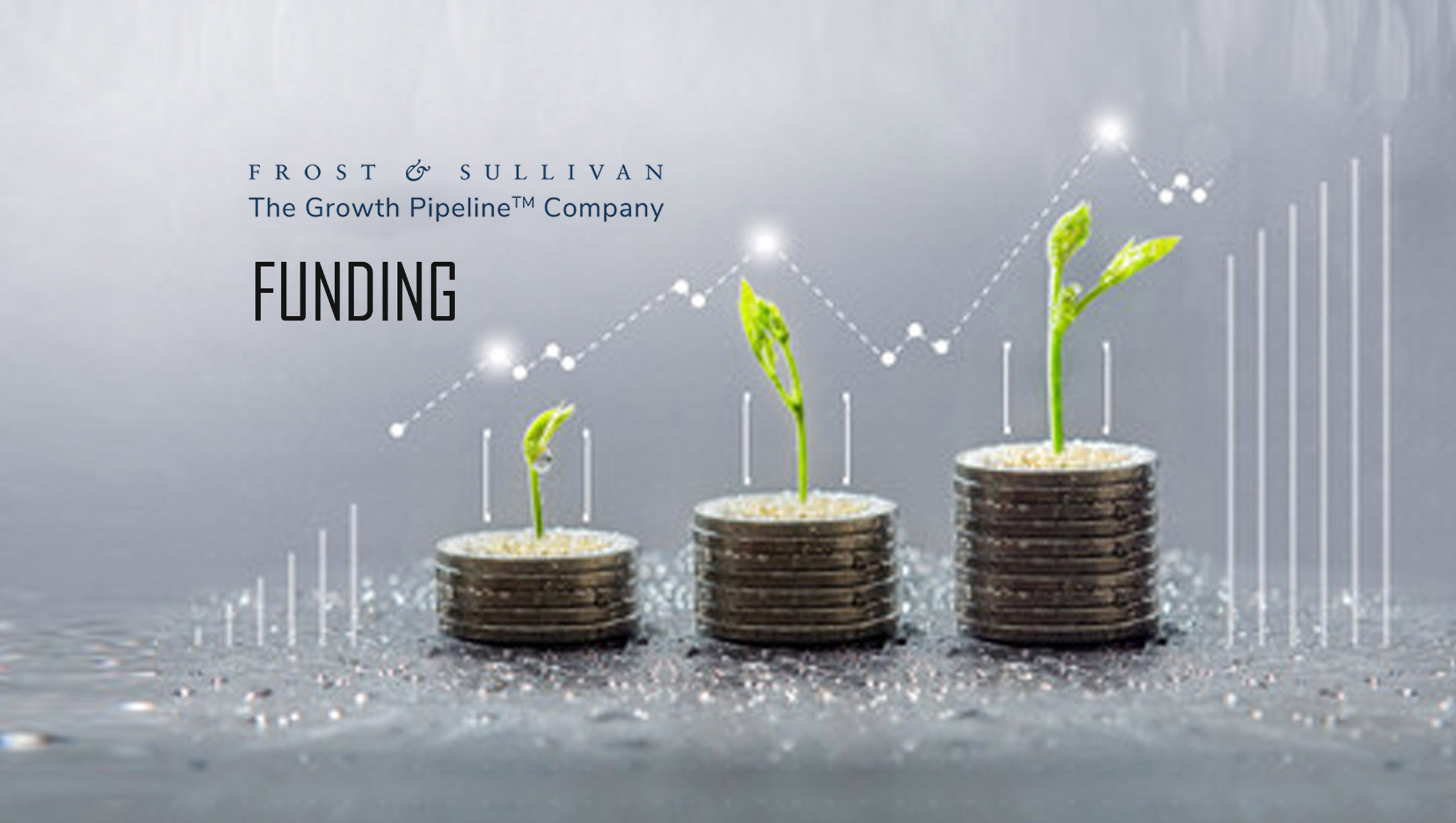Companies are exploring new technologies and services such as artificial intelligence, dynamic route optimization, and autonomous technology, finds Frost & Sullivan
Frost & Sullivan is recent analysis of the global last-mile food and grocery delivery market finds that an influx of new tech-savvy startups with unique business models and services are disrupting the supply chain ecosystem. With instant deliveries and user experience becoming critical value differentiators, firms are exploring new technologies and services. Collaborations among previously disparate industries to deliver on whitespace cross-industry growth opportunities are expected to help global market revenues increase from $24.99 billion in 2020 to $72.34 billion in 2025.
Marketing Technology News: Diebold Nixdorf Names Microsoft Corp. Executive Bill Borden as Company’s Newest Board Member
The food and grocery industry will continue to grow, with the grocery delivery industry growing faster than food delivery. Last-mile grocery delivery has always faced the challenge of attracting users in the crowded eCommerce space while competing with offline channels. However, COVID-19 minimized the competition with offline channels, attracting volume toward the online channel. There is intense competition, especially in Europe, with more than 15 participants competing in the quick commerce space.
“Partnerships and collaborations among stakeholders are becoming increasingly important in last-mile delivery. The focus is shifting away from standard apps offering basic functionality to AI and virtual reality-enabled solutions,” noted Chanchal Jetha, Senior Research Analyst, Mobility Practice, Frost & Sullivan. “Technological advances can make contactless delivery, smart tracking, dynamic route optimization, and advanced analytical insights an integral part of last-mile delivery.”
Marketing Technology News: Melissa Hammerle Appointed President of Intelex Technologies
Jetha added: “Mobility and eCommerce companies are recognizing the value of last-mile food and grocery delivery service as a future avenue of growth and are increasingly incorporating it within their portfolios. There is also likely to be a shift from traditional modes of transport (vans and scooters) to cleaner modes such as e-cargos and e-scooters. Furthermore, the need for contactless delivery will place the spotlight on autonomous technologies such as drones and bots.”
With COVID-19 changing customer needs and how businesses view customer service, eRetailers will experience significant growth opportunities and should consider:
- Digital Tools and Alternate Delivery Models to Accommodate the Growth in Last-mile Delivery: Blockchain and IoT solutions would make the supply chain more transparent through peer-to-peer networks by increasing real-time visibility and reducing shipment delays, human errors, and transaction errors.
- Business Model Diversification and Sustainability Leading to New Participant Entries: Micromobility operators can diversify their offerings by partnering with delivery operators to ensure their business model accommodates the changing times.
- Partnerships, New Business Models, and New Technologies Underpinning Long-term Last-mile Delivery Growth: Companies need to develop hyperlocal strategies by understanding and addressing target customer segments’ needs and pain points while seeking new and innovative ways to improve the overall digital experience.
Marketing Technology News: MarTech Interview with Matt Pantana, SVP of Product at Unanet AE











